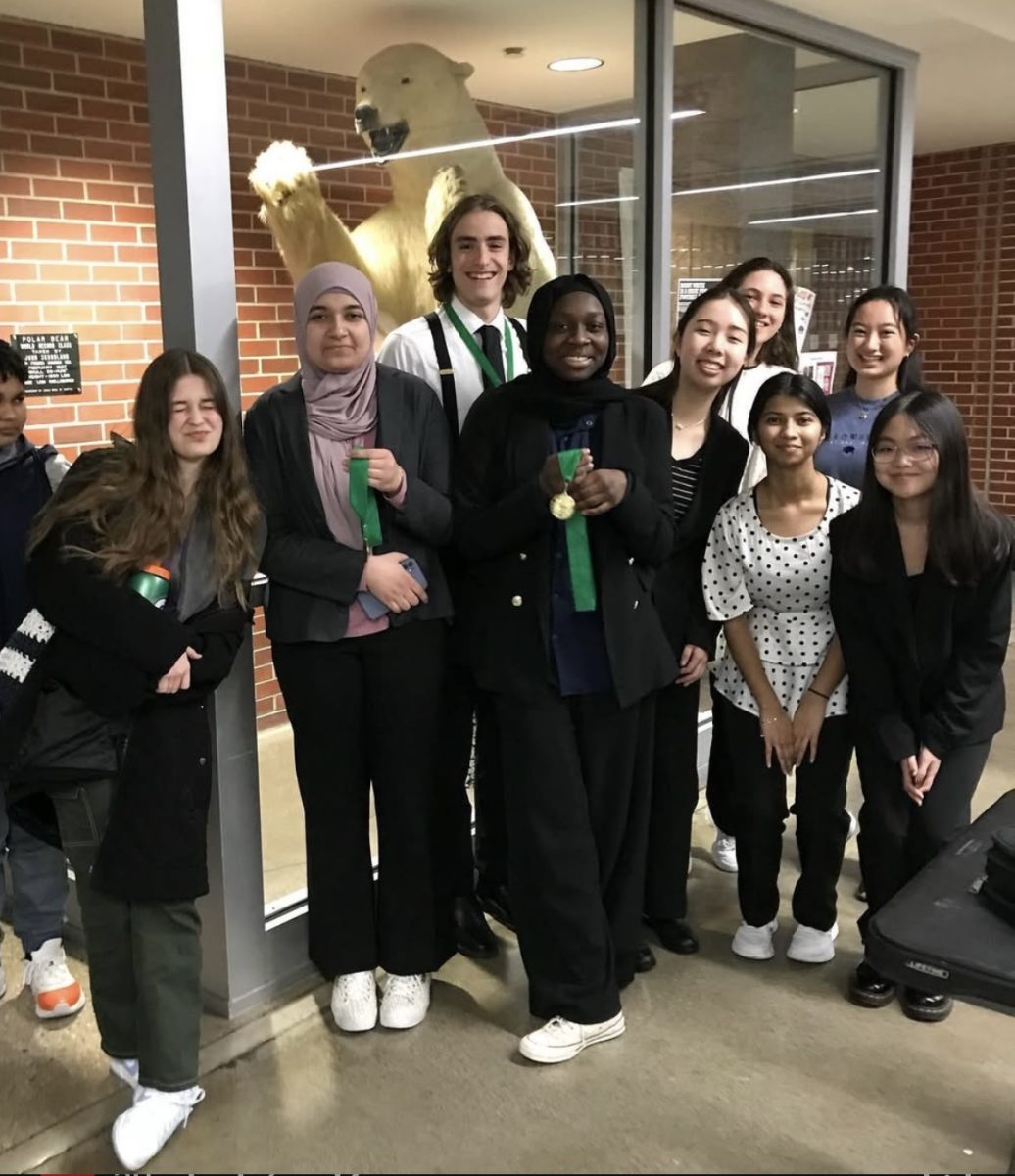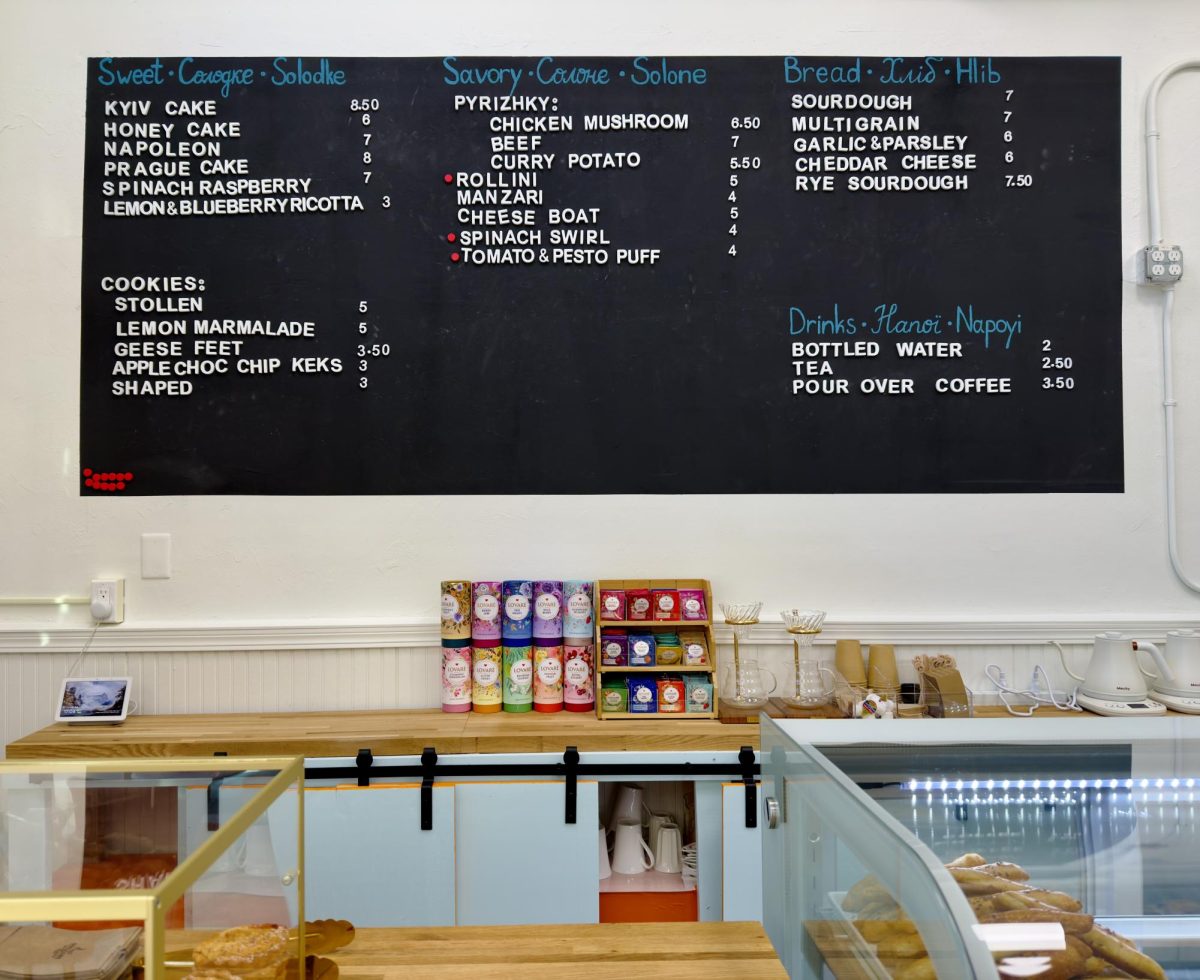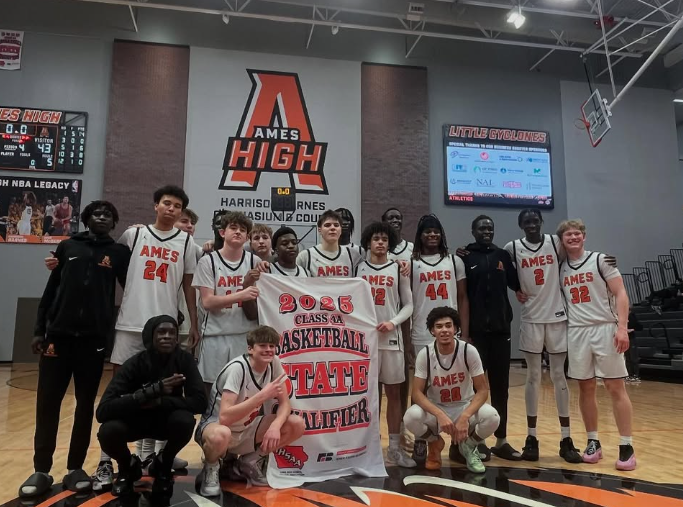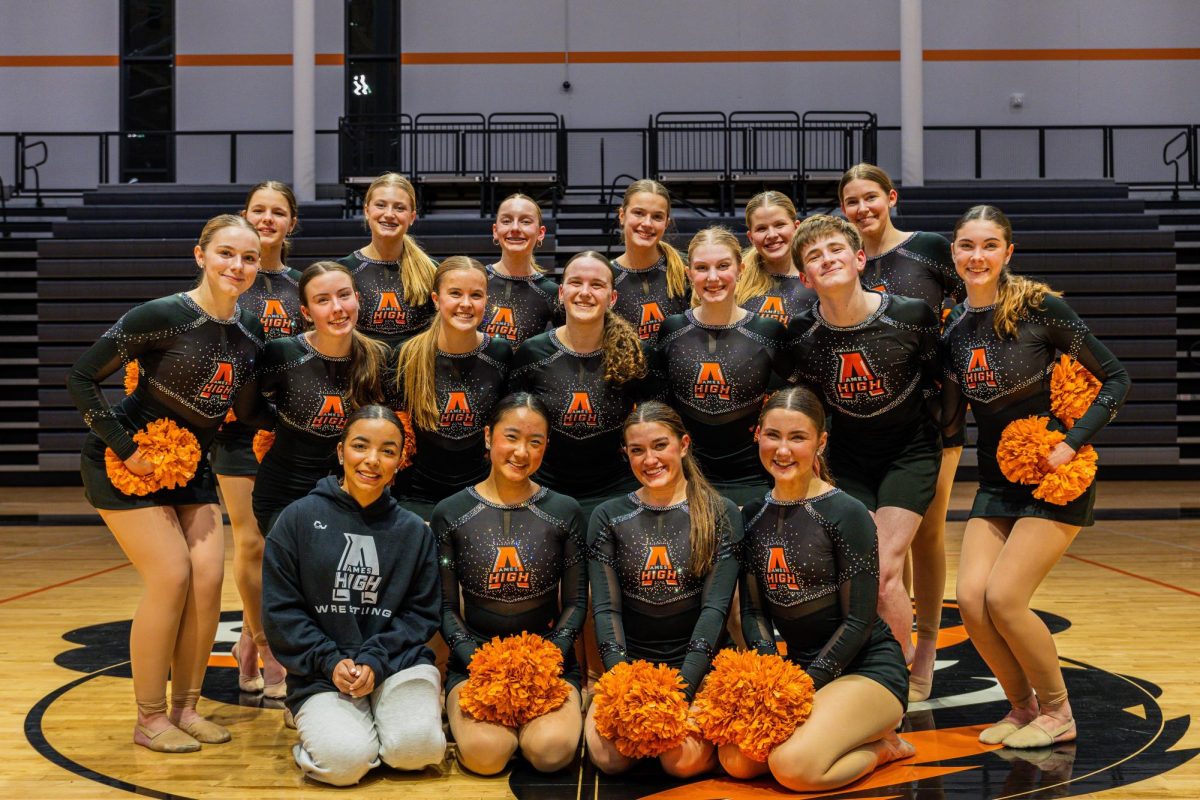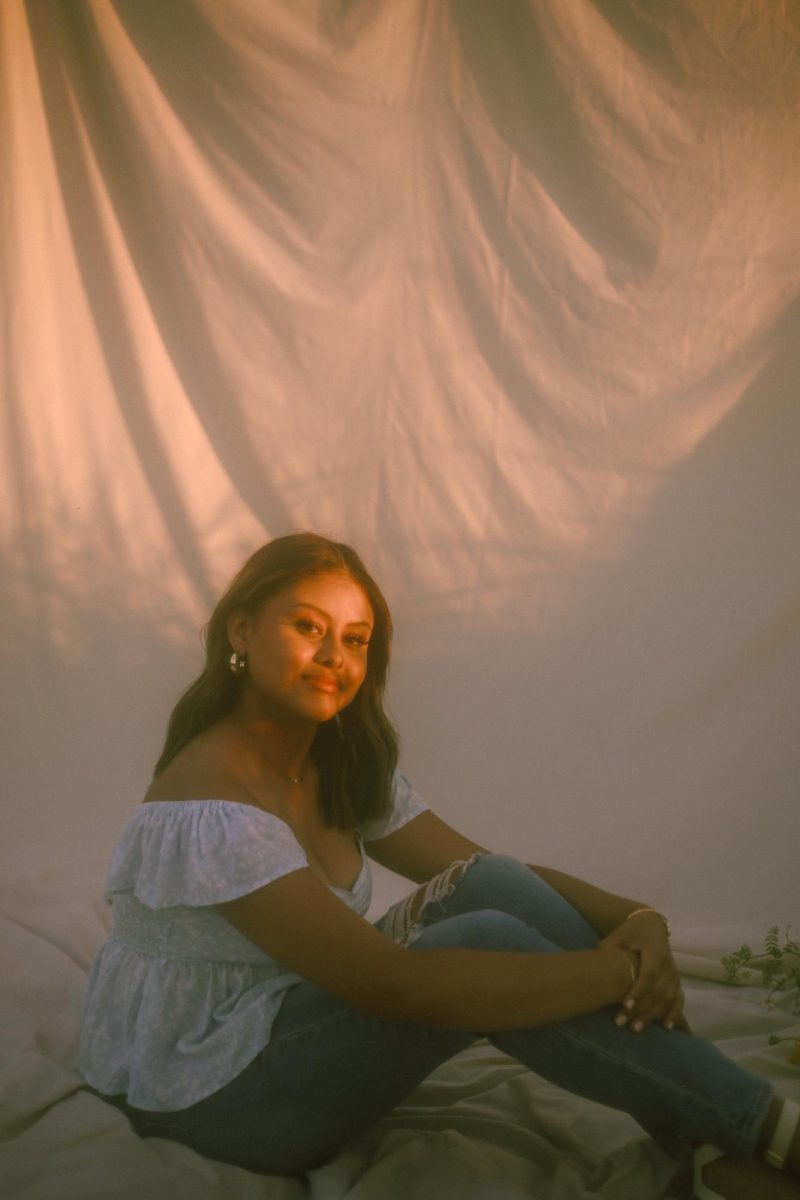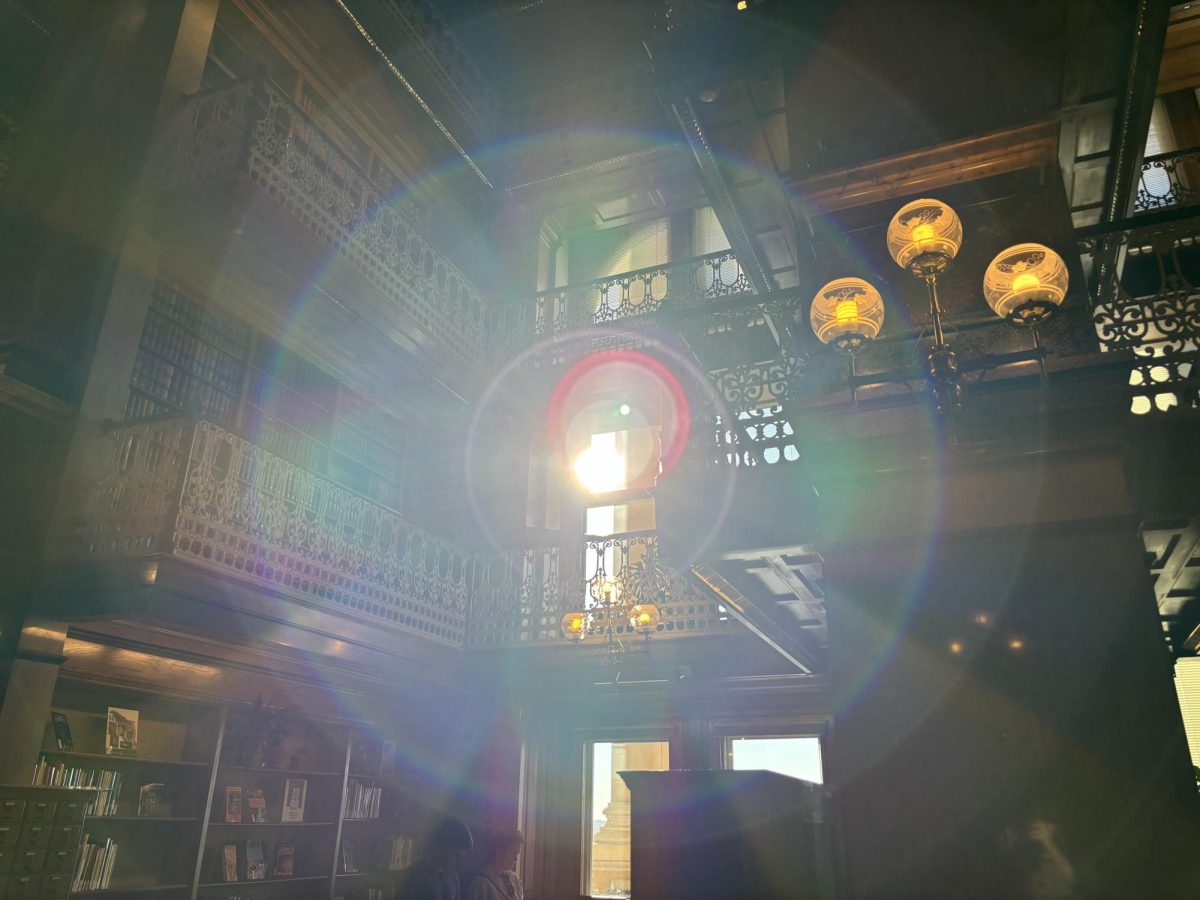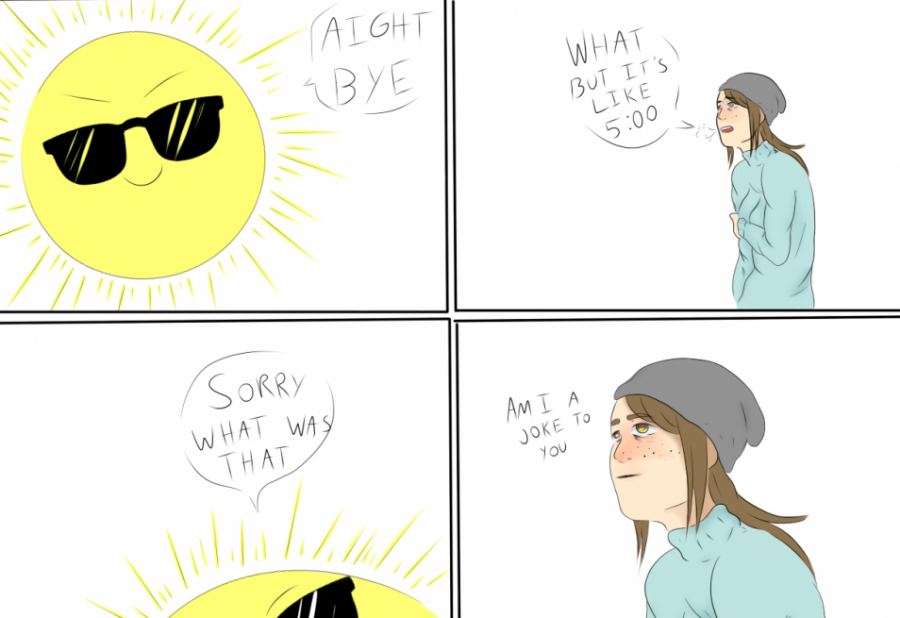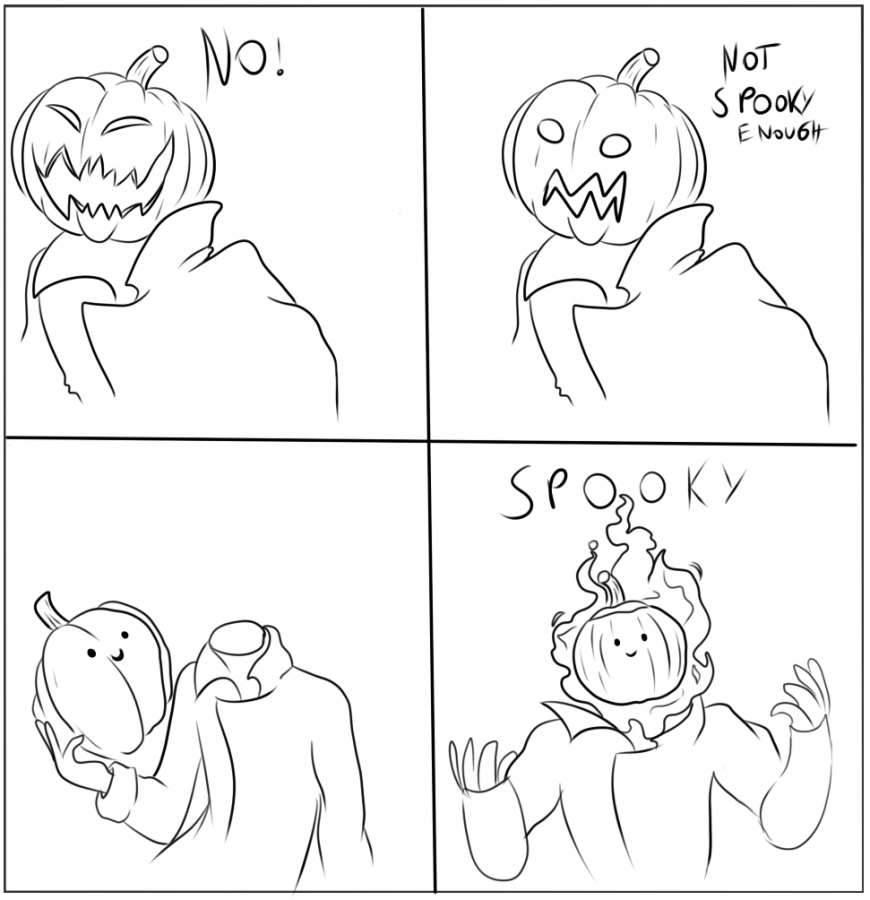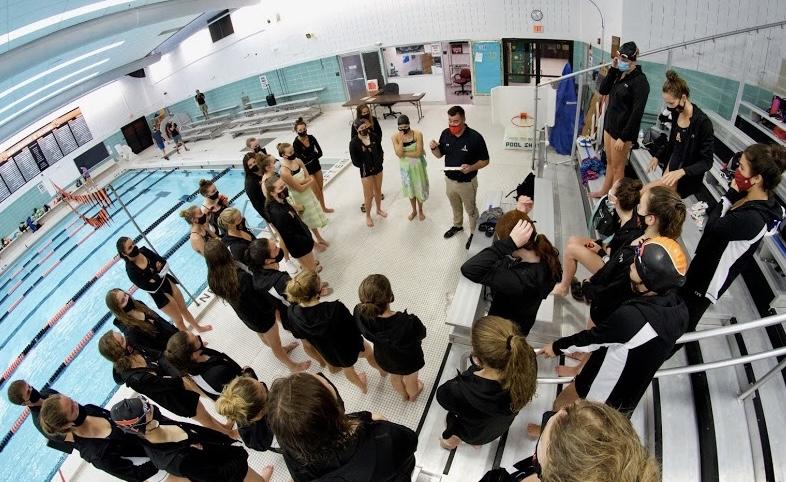While our generation grew up spending time on the internet and playing video games, our parentsâ generation grew up watching television, our grandparentsâ generation grew up listening to radio. This may seem like a strange concept to the people of a world filled with iPods, Zunes, and Napster, but radio is actually still an option for entertainment, although not nearly as popular as it was before such advanced technology. Within the past decade or two, radio quality has severely diminished since major radio conglomerates began buying out most local stations and turning them into monotonous, insincere playlist factories that are almost indistinguishable from any other station in the country. This change has led to the demise of a once great form of entertainment, at least in the eyes of young adults, including several Ames High students. âI canât stand listening to the radio,â Junior Ally Eregbu said. âAll of the songs sound the same, there are too many commercials, and the music is just not that good anymore.â Eregbu feels the lack of depth in music selection has also done away with the need for an actual disc jockey. The playlists are so programmed that both the disc jockey and the audience have little or no input as to how the station sounds. The days of the dj being a beacon of musical knowledge are over. âI wish the djs were able to choose more of what music goes on the air, but since they have no say in that, they are there to just tell bad jokes and talk,â Eregbu said. There are, however, a few stations in this area that keep people engaged through their use of diverse and innovative programming. âAlthough I donât like the generic top-40 and rock stations, I do enjoy listening to 88.5 KURE,â Sophomore Hannah Tuggle said. KURE is the student-run radio station at Iowa State. Their program schedule includes many different djs spinning many different sounds, including hip-hop, indie rock, blues and jazz, techno, and even Spanish rock. On KURE, the disc jockeys are given little restrictions as to what they play, and occasionally will play an entire album just because they can. This freedom allows listeners to discover new, obscure, and even local artists. KURE is also absent of the dreaded 4-minute commercial breaks present on most other stations. In addition to KURE, there is WOIâs FM stream that offers a variety of classical and jazz styles. âI love WOI,â Tuggle said. âItâs just so mellow and perfect to listen to while doing homework.â Radio might be dying due to its lack of individuality, but there are still a few strongholds in the industry. Most college stations remain refreshing, as do many public radio stations. âHopefully, in the near future, there will be a sort of radio revolution that brings back more original and interesting programming,â Eregbu said, âbut until then, I guess we will have to be happy with iTunes.â
Categories:
Not just video killing the radio stars
MEREDITH ANSELMAN
•
May 5, 2008
Story continues below advertisement
0
Donate to The WEB
$200
$450
Contributed
Our Goal
Your donation will support the student journalists of Ames High School, and Iowa needs student journalists. Your contribution will allow us to cover our annual website hosting costs.

